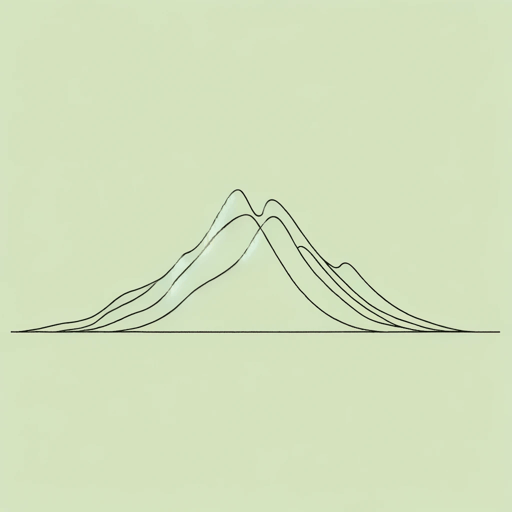50 pages • 1 hour read
Langston HughesThe Negro Artist and the Racial Mountain
Nonfiction | Essay / Speech | Adult | Published in 1926A modern alternative to SparkNotes and CliffsNotes, SuperSummary offers high-quality Study Guides with detailed chapter summaries and analysis of major themes, characters, and more. For select classroom titles, we also provide Teaching Guides with discussion and quiz questions to prompt student engagement.
Summary and Study Guide
Summary: “The Negro Artist and the Racial Mountain”
In Langston Hughes’s “The Negro Artist and the Racial Mountain,” the writer presents his argument regarding the creative limitations Black Americans face. Initially published in 1926, the essay traces a short, powerful argument that relies both on Hughes’s own identity as an artist as well as his critical observations of US society. As a Black author writing in the early 20th century, Hughes uses the terms “Negro” and “black” interchangeably; this study guide exclusively uses the more current term “Black” to adhere as closely as possible to Hughes’s original linguistic intentions. This study guide refers to an electronically published version of the essay via the Poetry Foundation’s website, which can be accessed here: www.poetryfoundation.org/articles/69395/the-negro-artist-and-the-racial-mountain. This essay is published in many versions; for ease of access, quotations in this guide are cited in reference to the number of the paragraph in which they appear.
Hughes opens his essay with an anecdote regarding a “promising” young Black poet’s statement that he doesn’t want to be “a Negro poet” (Paragraph 1). Hughes interprets the young poet’s reluctance as an expression of both self-hatred and a desire to be White. Using this statement as a framework for his argument, Hughes describes ways that Black people are taught to hate their Blackness while they simultaneously desire Whiteness. Hughes complicates this argument by integrating his understanding of class: middle-class Black people are more likely to try to follow White cultural patterns, while the “common people” (Paragraph 4) are less afraid to be themselves.
One of the central tenets of Hughes’s essay is that Black artists must embrace their “racial individuality” (Paragraph 5), and all this individuality encompasses, rather than seek assimilation. To illustrate this point, Hughes describes a Black woman who owns her own club in Philadelphia, where she chose to employ a White woman to sing folksongs but refused to hire a Black woman to do the same. This resistance to Blackness, Hughes argues, is present in many aspects of Black life.
Because the Black community is unable to embrace and love their own Blackness, Hughes describes the road “for the serious black artist…who would produce a racial art… [as] rocky” (Paragraph 7). Not only must the Black artist work against his own community’s critique, but he must also live with the more obvious disapproval and potential censure from a White audience.
Hughes feels strongly that his Blackness is an essential part of his own artistic practice. He states his wish for all Black artists, desiring a sense of freedom for them as well as for himself. According to Hughes, the new Black artists who are willing to “express [their] individual dark-skinned selves without fear or shame” (Paragraph 14) will create a new artistic world, standing “on top of the mountain, free within [them]selves” (Paragraph 14). In this closing statement to the essay, Hughes drives home his point that neither assimilation nor self-hatred serve the Black artist; instead, self-love, honesty, and independence will lead to both artistic and cultural freedom.
Related Titles
By Langston Hughes

Children’s Rhymes
Langston Hughes
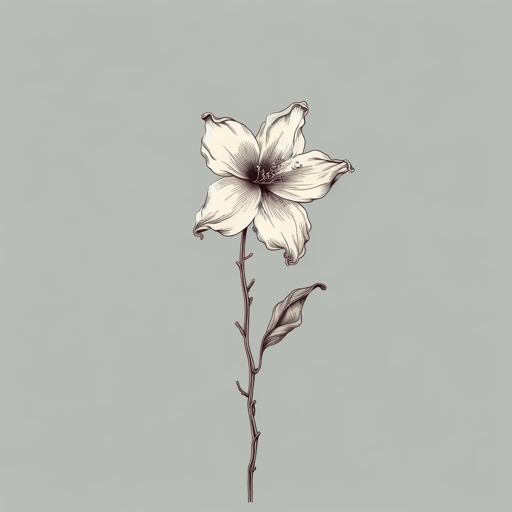
Cora Unashamed
Langston Hughes

Dreams
Langston Hughes

Harlem
Langston Hughes
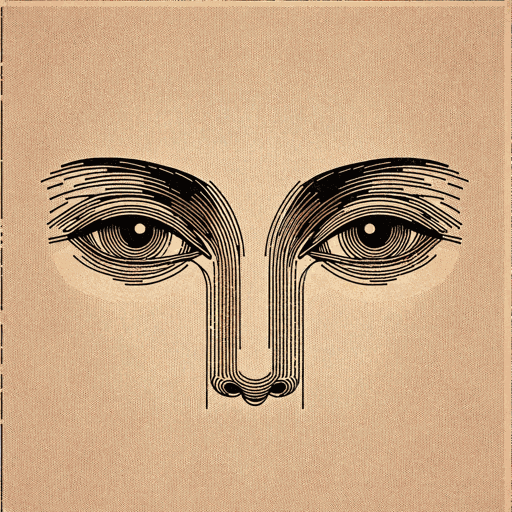
I look at the world
Langston Hughes
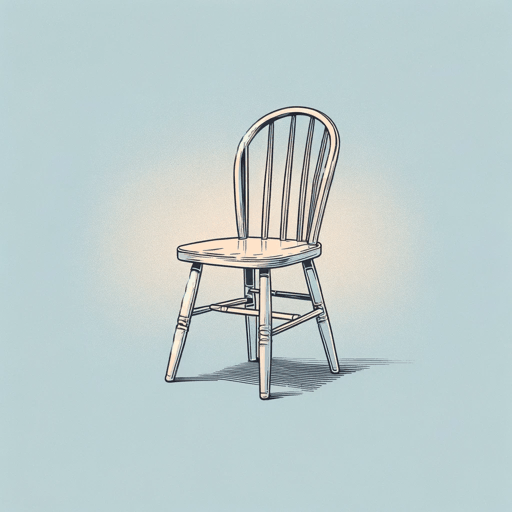
I, Too
Langston Hughes

Let America Be America Again
Langston Hughes
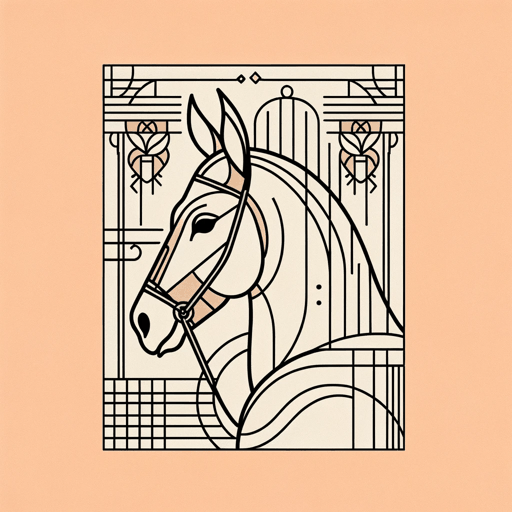
Me and the Mule
Langston Hughes

Mother to Son
Langston Hughes

Mulatto
Langston Hughes

Mule Bone: A Comedy of Negro Life
Langston Hughes, Zora Neale Hurston
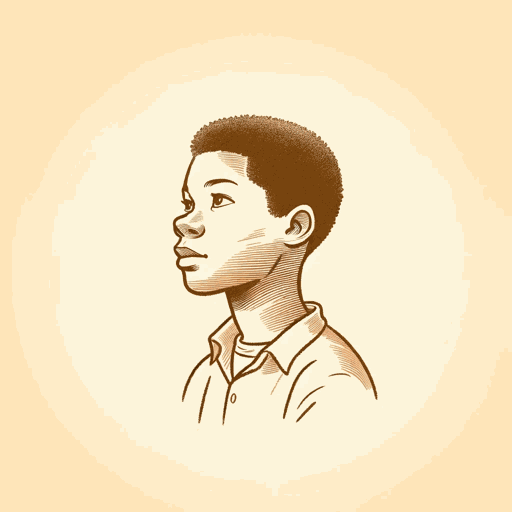
Not Without Laughter
Langston Hughes

Slave on the Block
Langston Hughes

Thank You, M'am
Langston Hughes

The Big Sea
Langston Hughes
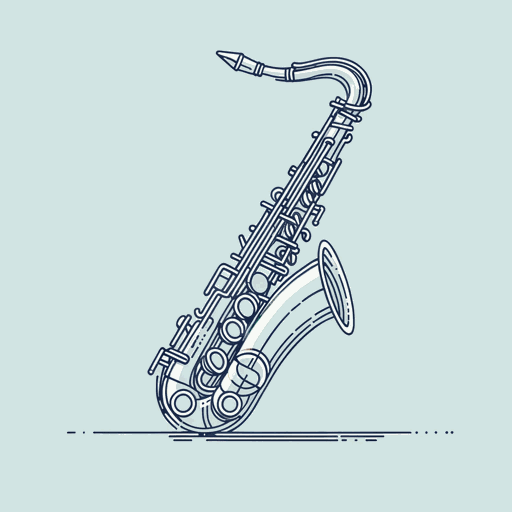
Theme for English B
Langston Hughes

The Negro Speaks of Rivers
Langston Hughes
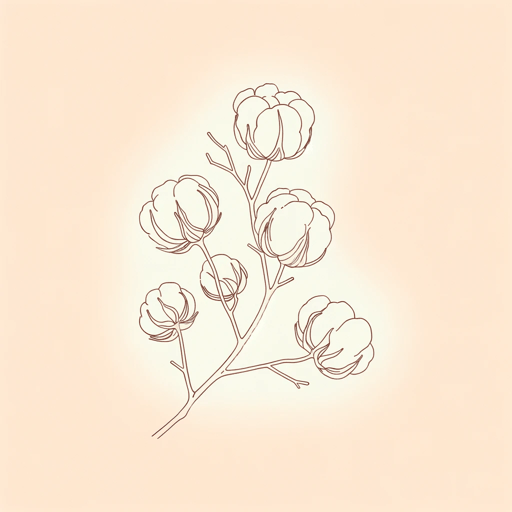
The Ways of White Folks
Langston Hughes

The Weary Blues
Langston Hughes

Tired
Langston Hughes
Featured Collections
A Black Lives Matter Reading List
View Collection
African American Literature
View Collection
Art
View Collection
Black History Month Reads
View Collection
Books About Art
View Collection
Creative Nonfiction
View Collection
Harlem Renaissance
View Collection
Pride & Shame
View Collection
